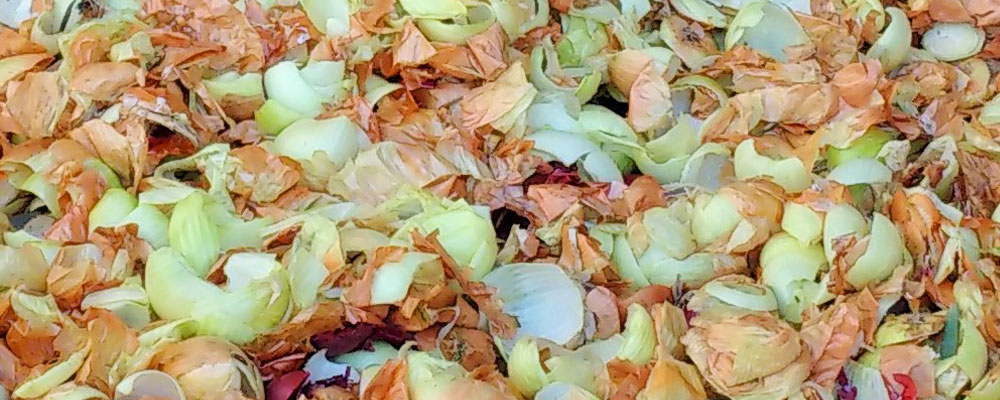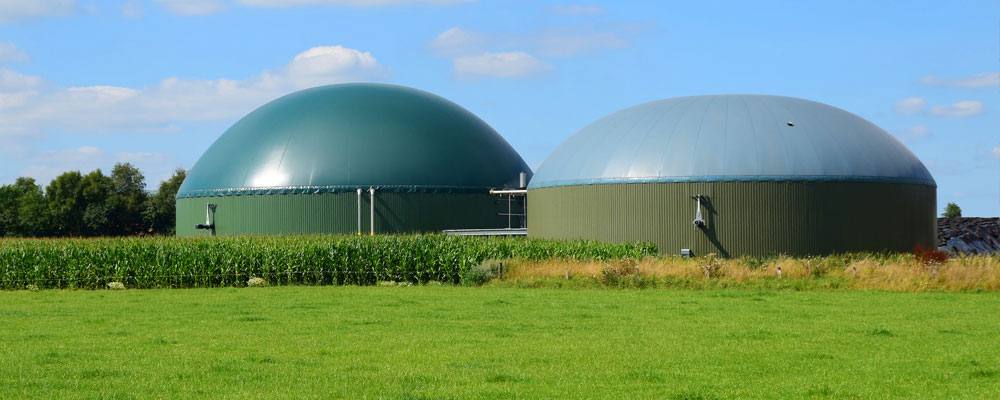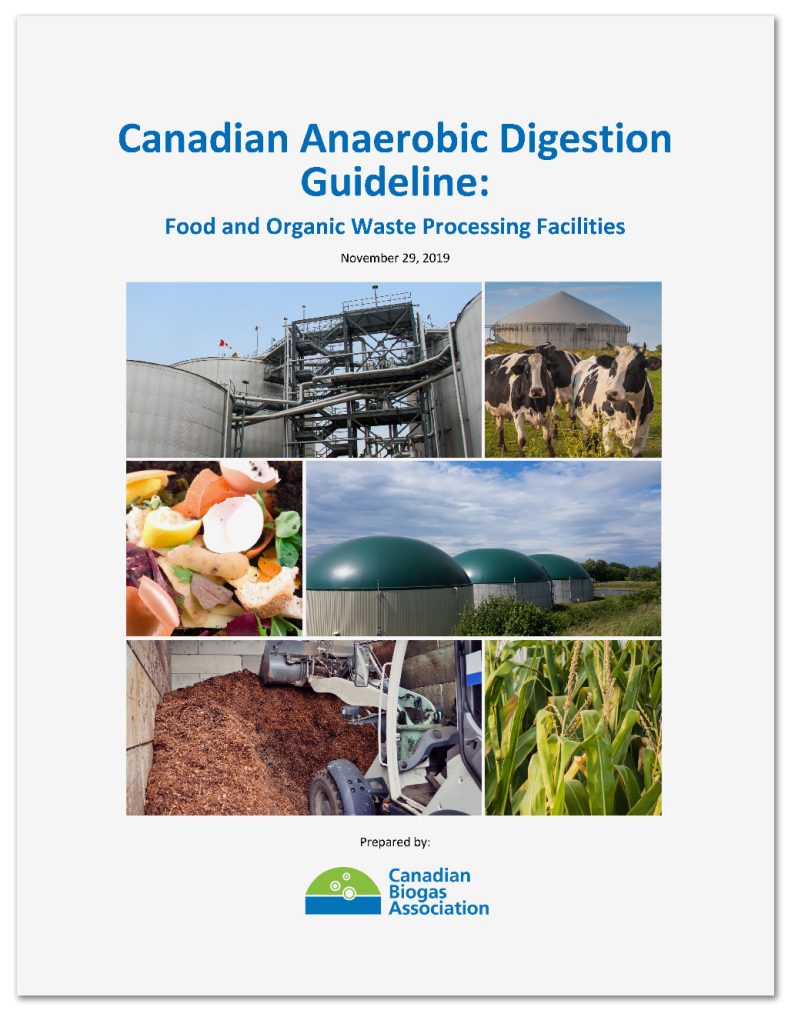This guideline on anaerobic digestion (AD) has been prepared using the expertise and experience of members of the Canadian Biogas Association (CBA). Azura was pleased to be able to provide technical contribution, overall review, and editing by David Ellis, utilizing his almost 30 years of experience working with anaerobic digestion systems.
This is the first-ever guideline for food waste and organic waste anaerobic digesters in Canada. The guidelines address a gap following a global jurisdictional scan that found over 20 anaerobic digestion guidelines or supporting documents in Europe, Australia, and the US with no equivalent document for Canada. It has been written so that future anaerobic digester, biogas and renewable natural gas (RNG) project developers, owners, and operators can learn from the challenges of the past. In the Foreword, by Azura’s David Ellis, he explains the history of anaerobic digestors in Canada and how the CBA was formed in 2008. Overall, this document brings together decades of practical, and real-world experience on how to design, build, and operate food waste and organic waste anaerobic digesters.
Anaerobic digestion is a biological process whereby organic material, such as food waste, is broken down by microorganisms in a controlled, oxygen-free environment. This organic waste can be in the form of 1) curb-side collected, post-consumer, food waste, 2) other municipal Source Separated Organics (SSO), 3) pre-consumer food and organic waste including fats, oil, and grease (FOG) from grease traps & restaurant waste, and 4) manure and other agricultural feedstocks. The process of anaerobic digestion creates two by-products: methane-rich biogas and digestate.
The biogas produced from anaerobic digestion contains methane. This methane is a low-carbon, sometimes even carbon negative, beneficial fuel that can be used to for the production of electricity through a combined heat and power process, or further refined to create compressed renewable natural gas (RNG). This RNG can be used to fuel vehicle fleets or incorporated into the natural gas supply grid for distribution to fueling stations, businesses, and individual households.
The other by-product, digestate, is a nutrient-rich material that includes valuable plant nutrients such as nitrogen, phosphorus, and potassium. This digestate is a valuable soil amendment that can be used on agricultural land, providing an alternate destination for waste.
Both of these by-products have the ability to mitigate climate change by shifting Canada towards a low-carbon and more circular-economy based nation. Currently, there is a shortage of renewable fuels available on the scale needed to address climate change. Much of the emphasis of decarbonization to date has focused on the electricity grid but electricity only accounts for about a quarter of Canada’s greenhouse gas emissions. Industry, heating, transportation, and agriculture all require their own solutions.
Anaerobic digestion is a model of the circular economy as methane emissions from food waste and organic wastes are valorized rather than emitted into the atmosphere. Low-carbon energy replaces fossil fuels, and digestate is returned to the soil to provide nutrients and organic matter for crop production thereby, completing the loop.

The Anaerobic Digestion Guideline describes recommended control measures for land use planning considerations, such as site selection considerations. It also outlines best management practices for the design and operation of food waste and organic waste anaerobic digestion facilities while reflecting the current legislation.
The purpose of this Anaerobic Digestion Guideline is to assist stakeholders in the deployment of facilities in a manner that improves outcomes and ensures environmental sustainability. It includes recommended planning, siting, design, operational, and risk management practices for anaerobic digestion facilities that process food and organic waste.
The application of this guideline is suitable to facilities across Canada that anaerobically digest food and organic waste materials – including new and existing municipal, commercial, and farm-based facilities. This guideline is intended to be a valuable resource for developers, operators, government entities, and any organization or individual with an interest in, or a role to play in, developing, siting, or operating facilities.
A copy of the guideline can be requested from the Canadian Biogas Association.



